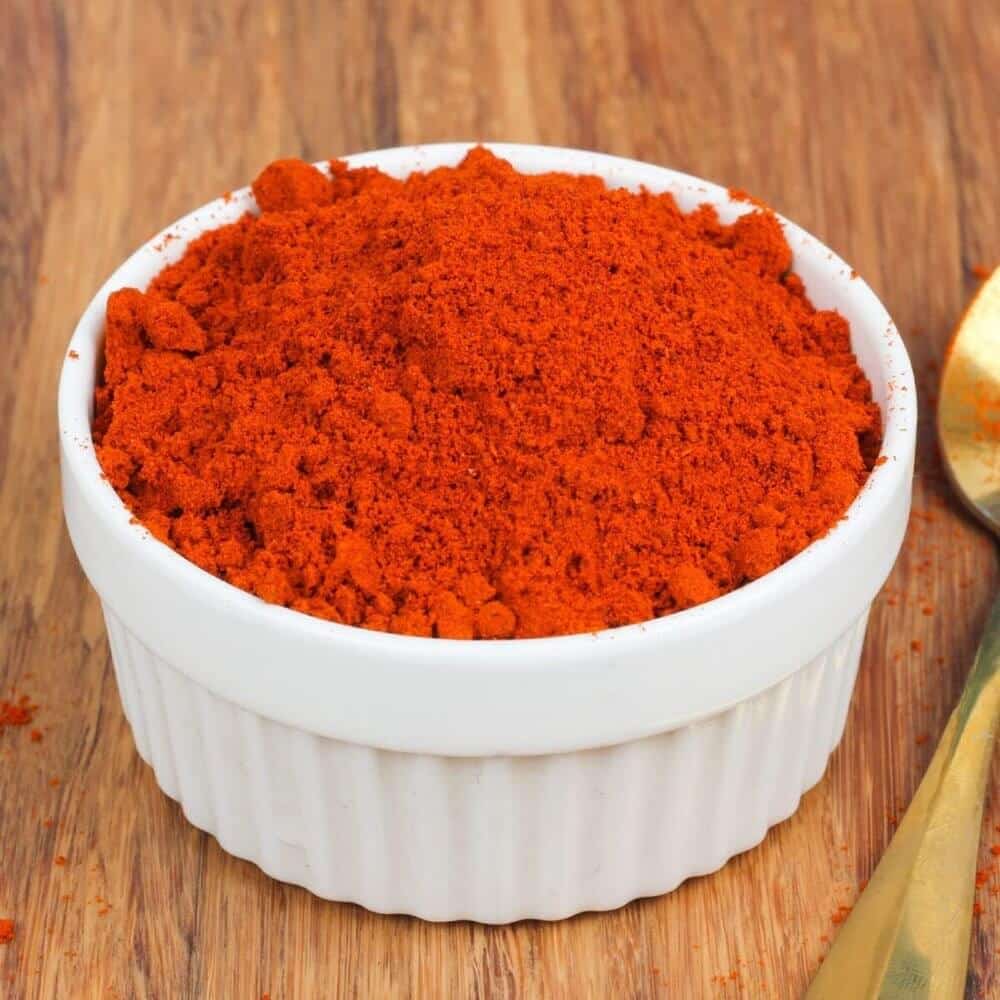Paprika is that vibrant red powder most of us casually sprinkle on deviled eggs, chili, or roasted potatoes. But recently, a surprising revelation about its origin set social media abuzz. Many people were shocked to learn what paprika actually is—and no, it doesn’t grow on a special “paprika tree.”
A viral post by an Australian influencer, Nutra Organic, summed it up perfectly: “Learning that paprika is just dried and crushed red capsicum was really shocking. I don’t know why I thought there was a paprika tree somewhere.” The internet collectively gasped. As funny as it sounds, many of us never really stopped to think about what paprika comes from—and the answer is surprisingly simple.
The Big Reveal: What Paprika Really Is
Paprika isn’t some mysterious spice harvested from a rare plant in a distant land. It’s made by drying and grinding red capsicum—better known to most of us as sweet red peppers. That’s it. No exotic spice bush. No special tree. Just everyday red peppers that have ripened to full color before being dried and pulverized into powder.
Why So Many People Were Surprised
The reaction online was one of genuine confusion and amusement. People admitted they had always imagined paprika growing on trees or being harvested like saffron or cinnamon. But the truth is far more down-to-earth. We’ve been using it for years without really thinking about its origins. The spice tins looked official enough, and we trusted that someone else knew what was going on.
How Paprika Is Made
The process of making paprika is simple. Ripe red peppers are picked once they’ve developed their full color and sweetness. These peppers are then dried—either through traditional air-drying methods or with the help of a dehydrator for faster results. Once completely dry, they’re ground into a fine red powder. And that’s paprika.
For varieties like smoked paprika, the peppers are dried over wood fires, infusing them with a rich, smoky flavor. But the base ingredient remains the same: red capsicum.
Yes, You Can Make Your Own Paprika
Believe it or not, you can make paprika at home with minimal equipment. All you need are fully ripened red bell peppers (not hot peppers unless you want a spicy version), a method to dry them, and a grinder. Sun-drying is possible in hot climates, but a dehydrator is more reliable. Once the peppers are crisp and brittle, grind them into a powder and store it in an airtight jar. Homemade paprika offers a fresh flavor and makes a fun DIY kitchen project.
Does This Change Anything?
Not really. Paprika still plays a crucial role in countless global cuisines. From classic Hungarian goulash to Spanish patatas bravas and smoky BBQ rubs, this spice adds warmth, color, and a slightly sweet depth to dishes. What’s interesting is how a simple revelation disrupted people’s perceptions about an everyday ingredient.
The truth is, most of us grew up seeing spices as mysterious ingredients from exotic places. Realizing that paprika is just dried bell pepper makes the world of spices feel a little less mysterious—but maybe more accessible.
The Takeaway
Paprika isn’t magic dust or some rare export from a hidden village. It’s just a red pepper with a makeover. Next time you reach for that spice jar, remember—it’s not a mystery. It’s marketing, mixed with a little culinary magic.
Final Thought: No, there is no such thing as a paprika tree. But now that you know the truth, you’ve got a great piece of food trivia—and maybe even a new DIY project for your spice rack.
